Picture a tank: armored, relentless, and ready to plow through anything in its path. Now imagine that spirit poured into a truck—steel-clad, gritty, and overbuilt for the toughest jobs. From wartime legends to civilian bruisers, these old trucks didn’t just get the job done; they redefined what toughness means. Here are 10 classics that earned their place as tanks on wheels, complete with the specs, stories, and quirks that make them unforgettable. Let’s roll into their world.
Dodge Power Wagon (1946-1968)
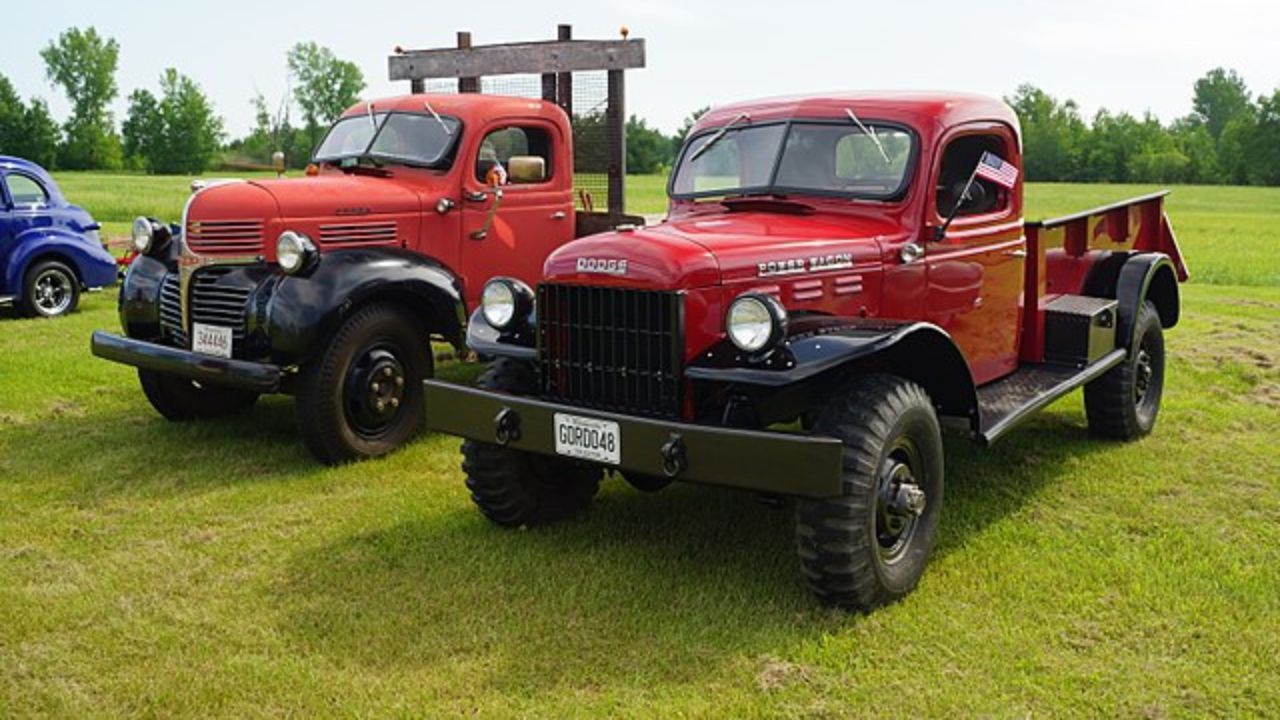
Straight out of World War II, the Dodge Power Wagon stormed into civilian life in 1946 as the first 4×4 pickup you could buy off the lot. Under the hood growled a 230 cubic inch flathead inline-6, pumping out 94 horsepower and 185 pound-feet of torque, paired with a 4-speed manual and a 1-ton payload capacity. This wasn’t a truck for the faint-hearted—it had 8.5 inches of ground clearance and a 7,500-pound winch that could yank logs or pull you out of a ditch. Dodge built it from their military WC series, and it showed: farmers and ranchers loved its ability to claw through mud and snow. Fun fact—U.S. Forest Service crews used it to drag fallen timber, and some owners claimed it could climb a wall if you dared. The Power Wagon was a postwar icon, a rolling fortress that proved America could build tough.
Chevrolet Advance Design 3100 (1947-1955)
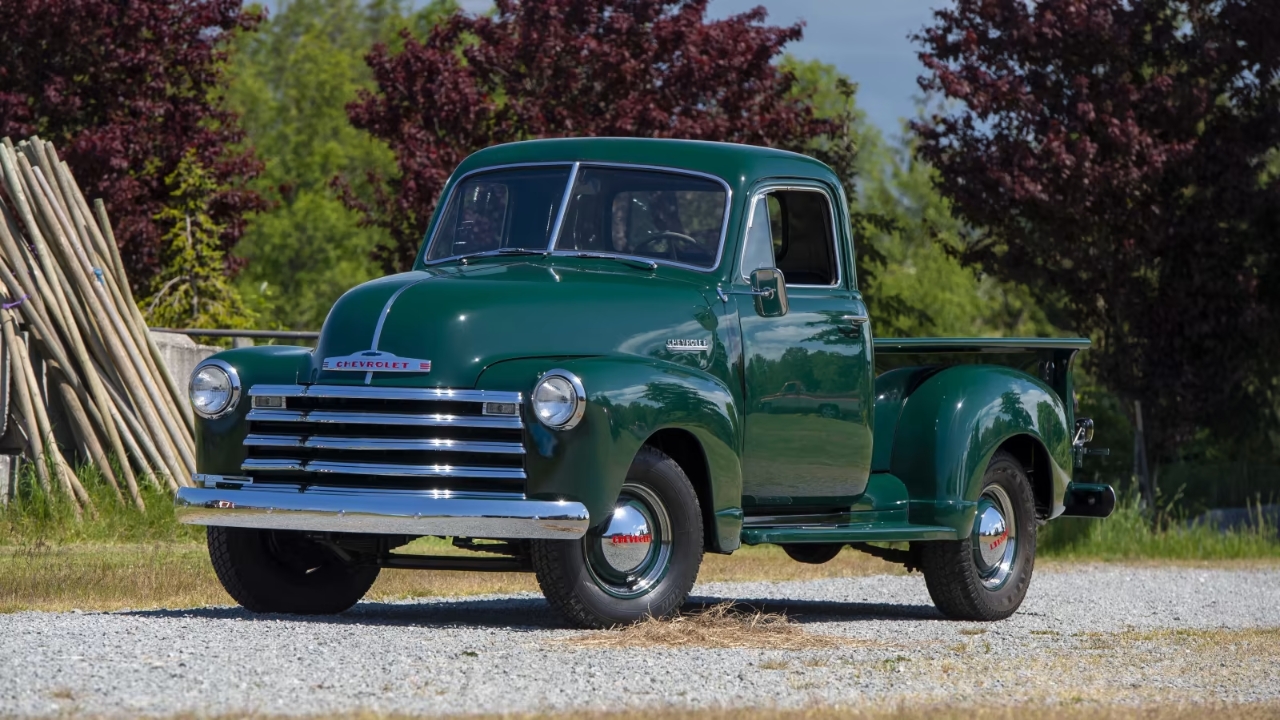
In 1947, Chevrolet unveiled the Advance Design 3100, their first postwar pickup, and it hit the ground running with a 216 cubic inch inline-6 cranking out 90 horsepower and 174 pound-feet of torque. With a 3-speed manual and a ½-ton payload (upgradable to 1-ton), it was a 2WD workhorse built for farms and job sites. Its sleek lines and rounded fenders gave it a modern edge, but don’t be fooled—this truck was a tank in disguise. The optional “Thriftmaster” engine was so reliable that some 3100s are still hauling today, with odometers topping 300,000 miles on original parts. Chevy poured durability into every weld, creating a rig that balanced style and brute strength. It’s no wonder it became a postwar legend, tough enough to take a beating and keep coming back for more.
Ford F-100 (1953-1956)
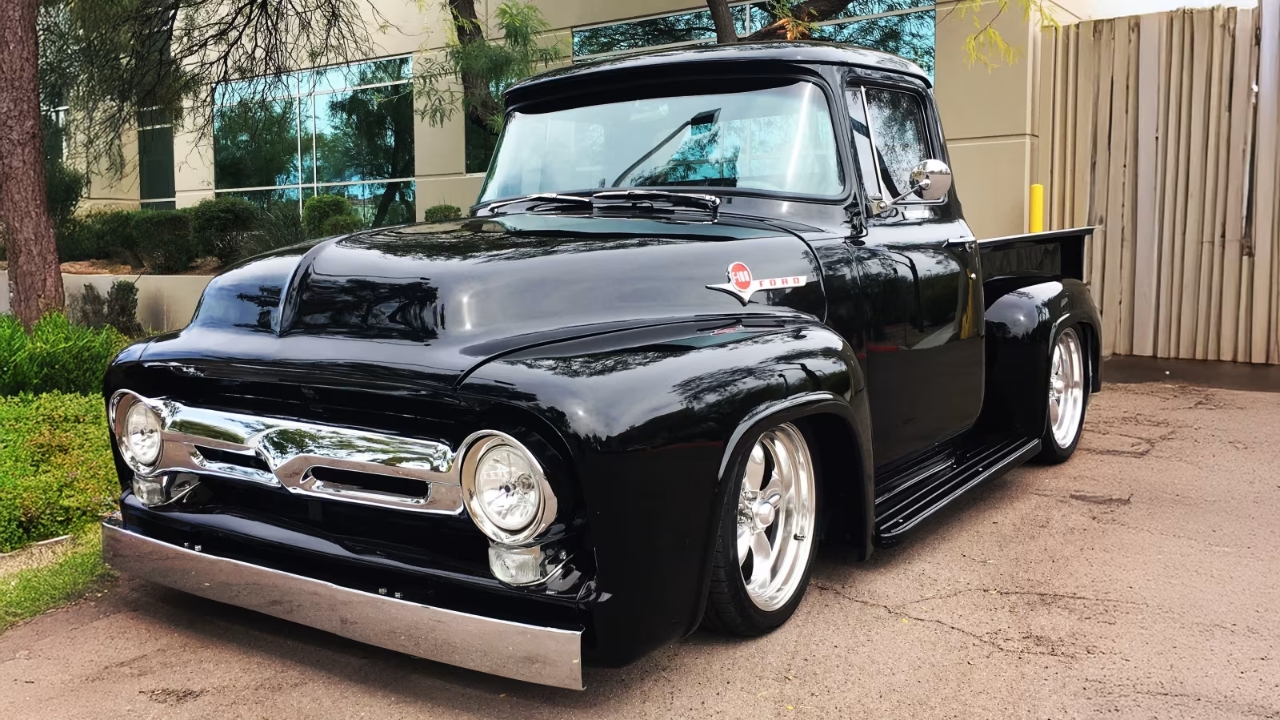
Ford rolled out the second-generation F-100 in 1953, and it was a game-changer—a 239 cubic inch flathead V8 delivering 100 horsepower and 190 pound-feet of torque, hooked to a 3-speed manual with a ½-ton payload capacity (4×4 came later). This truck marked Ford’s 50th anniversary with a wider cab and a tougher frame, blending comfort with raw power. Hot-rodders loved the V8 growl, while workers leaned on its overbuilt chassis to haul heavy loads. Stories abound of F-100s enduring decades of abuse, from dusty fields to drag strips, and still shining at classic car shows. It was a blue-collar tank with a rebel’s heart, proving Ford could build a pickup that worked hard and played harder.
Toyota Land Cruiser FJ40(45) Truck (1960-1984)
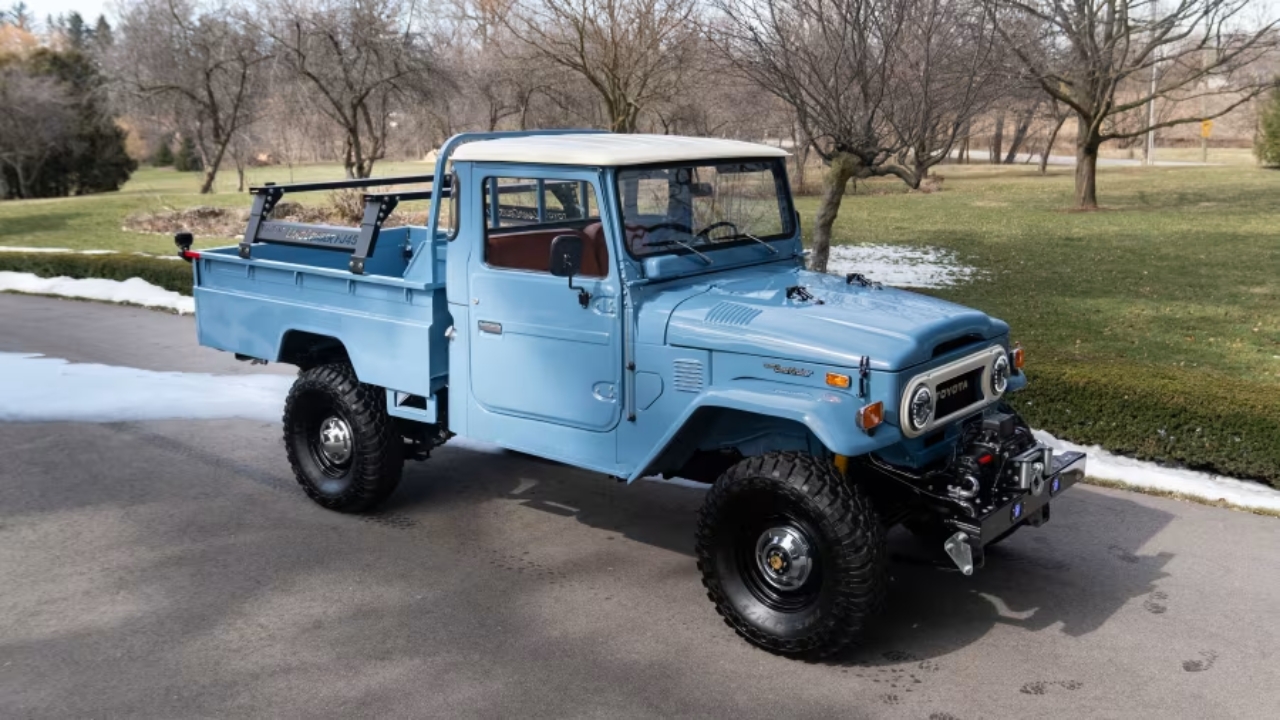
Known more for its SUV fame, the Toyota Land Cruiser FJ40 truck variant was a global titan from 1960 to 1984, powered by a 235 cubic inch inline-6 F engine that churned out 125 horsepower and 209 pound-feet of torque. With a 4-speed manual, 4×4, and a ¾-ton payload, it was built to tackle anything—deserts, jungles, you name it. Toyota didn’t mess around with frills; they engineered it for survival. In Australia’s Outback, these trucks hauled cattle loads twice their weight, and some are still grinding out half a million miles. The FJ40 was a compact tank with unstoppable guts, a go-anywhere rig that earned its stripes in the harshest corners of the world.
International Harvester Scout 800 (1966-1971)
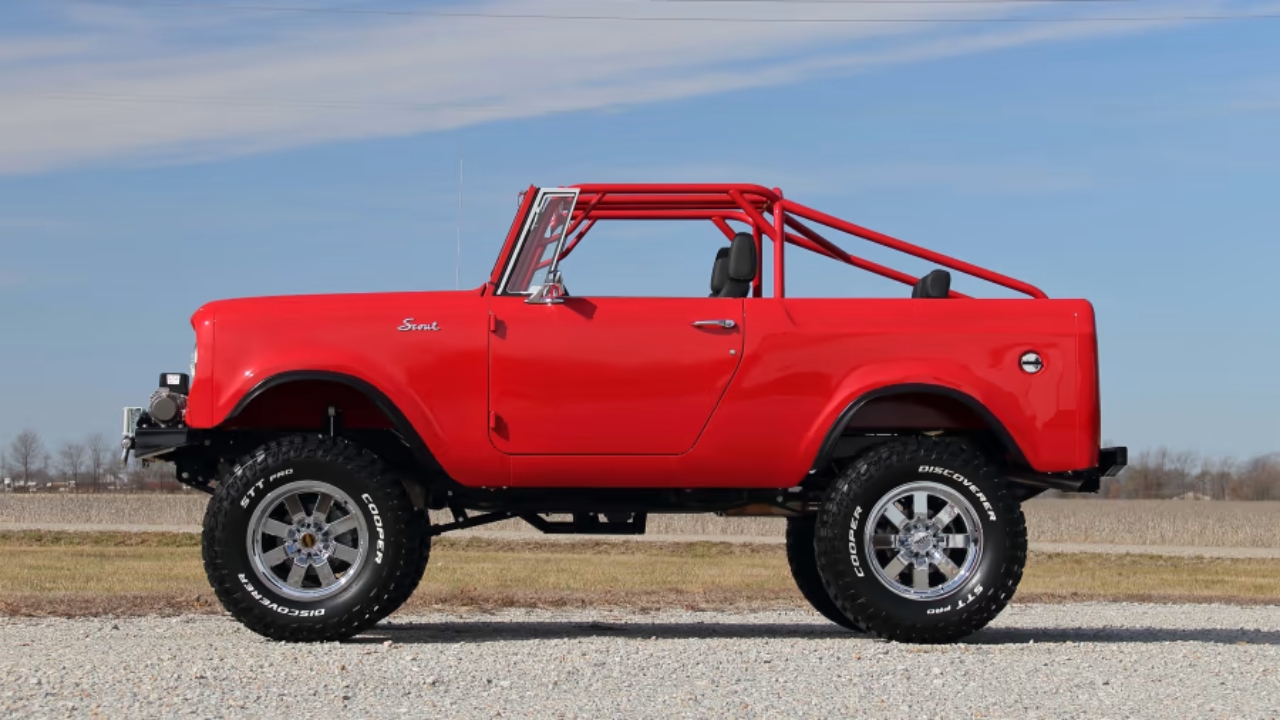
International Harvester threw down the gauntlet in 1966 with the Scout 800, a boxy brute taking on Jeep with a 196 cubic inch inline-4 pushing 111 horsepower and 166 pound-feet of torque (or an optional 304 V8 with 193 hp). It rocked a 3-speed manual, 4×4, and a ¾-ton payload capacity. Farmers and off-roaders adored its steel body and rugged simplicity—it could ford floods or shrug off a blizzard without breaking a sweat. One owner even rolled his Scout down a hill and drove it home! Built to outlast, this underdog tank proved you didn’t need flash to be tough—just a stubborn will and a frame that wouldn’t quit.
GMC CCKW 2½-Ton 6×6 (1941-1945)
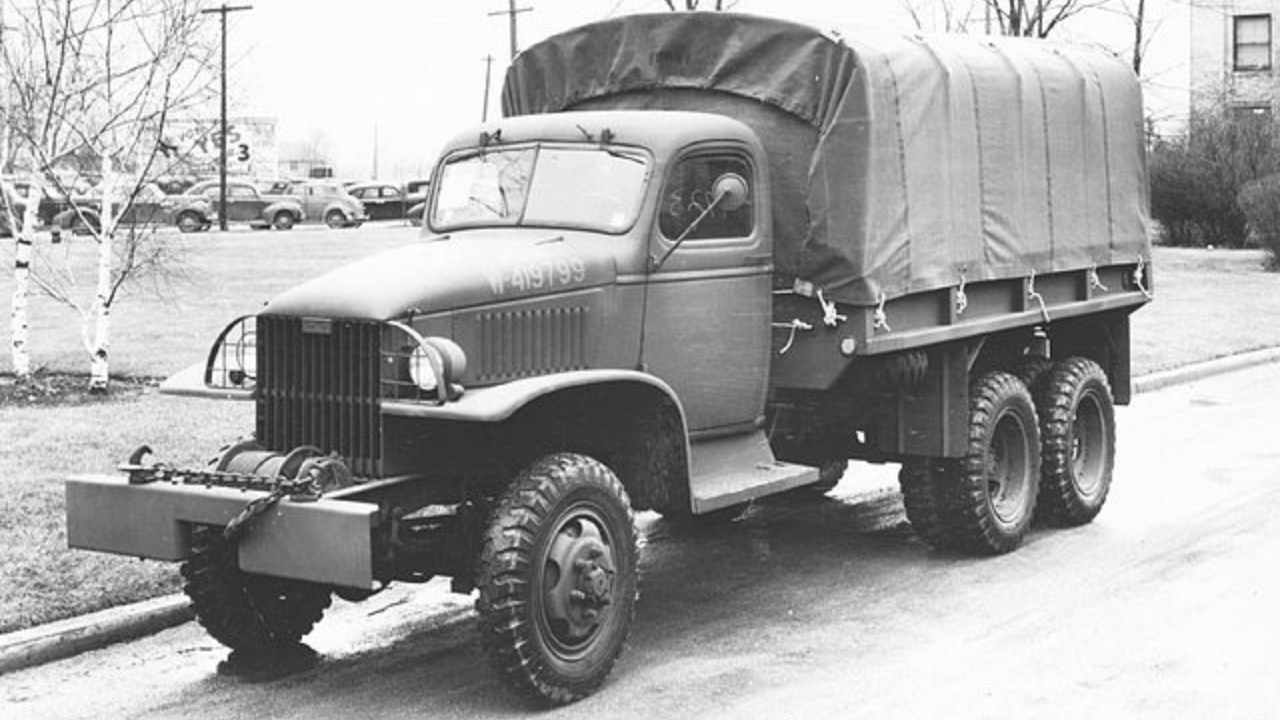
The GMC CCKW, or “Deuce and a Half,” was a WWII juggernaut, powered by a 269 cubic inch inline-6 with 91 horsepower and 216 pound-feet of torque, linked to a 5-speed manual and a 2.5-ton payload capacity. This 6×6 beast powered Allied victories from D-Day to the Pacific, with over 500,000 built. Its split-axle design gave it tank-like grip, hauling artillery over bombed-out roads or wading through 30-inch-deep water. After the war, surplus models hit civilian hands, proving their mettle in construction and farming. The CCKW wasn’t just a truck—it was a war hero that kept rolling, carrying history in every tire track.
Studebaker US6 2½-Ton 6×6 (1941-1945)
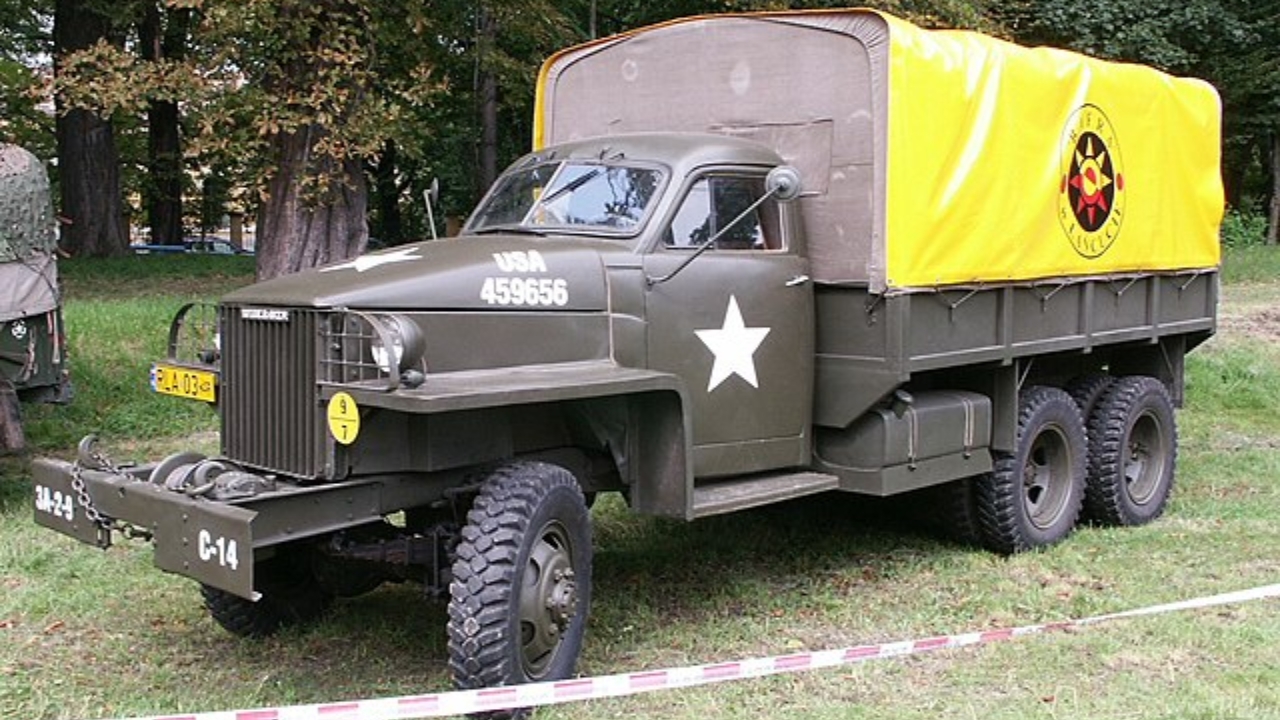
Studebaker’s US6 hit the scene in 1941, another WWII titan with a 320 cubic inch Hercules inline-6 delivering 86 horsepower and 200 pound-feet of torque, mated to a 5-speed manual and a 2.5-ton payload capacity. This 6×6 hauler powered U.S. and Soviet forces, with thousands shipped to Russia under Lend-Lease. The Soviets loved its rugged reliability so much they kept it in service into the 1960s—one was even found abandoned in Siberia in 2010, still intact after decades. The US6 was a Cold War survivor with a warm legacy, a tank of a truck built to endure hell and back.
Chevrolet LUV (1972-1982)
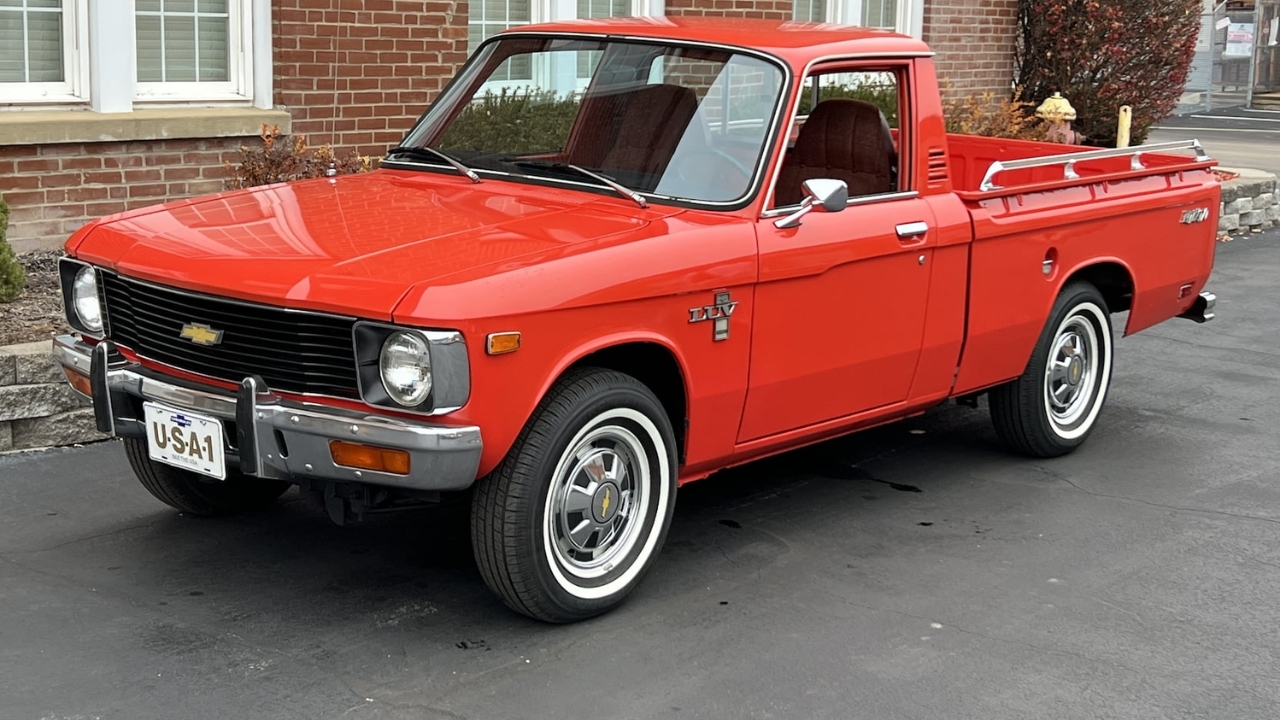
In 1972, Chevy brought the LUV (Light Utility Vehicle) to America—a rebadged Isuzu Faster with a 111 cubic inch inline-4 pumping out 75 horsepower and 95 pound-feet of torque, tied to a 4-speed manual and a ½-ton payload (4×4 optional). It was the first compact pickup in the U.S., blending Japanese durability with American grit. Owners raved about its unibody frame taking punishment—one LUV hit 400,000 miles with just oil changes and elbow grease. Small but fierce, this tank proved you didn’t need size to be tough—just smart design and a refusal to give up.
Diamond T 968 4-Ton 6×6 (1940-1945)
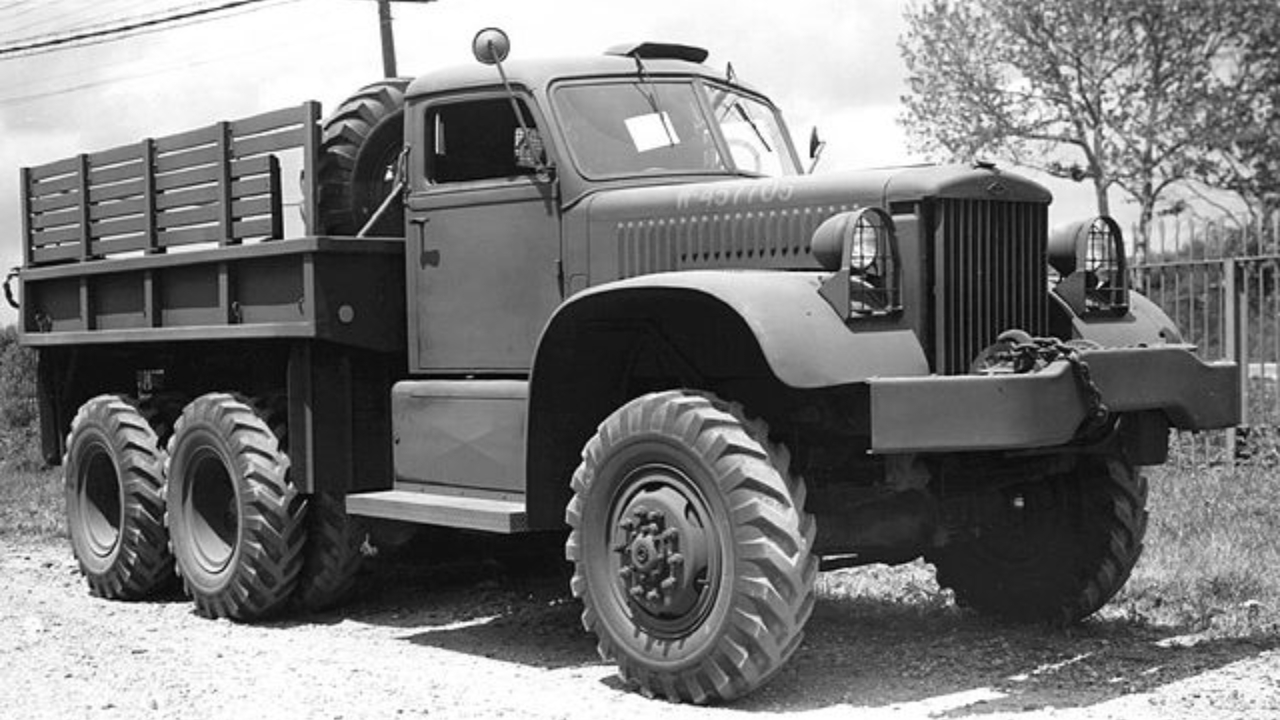
The Diamond T 968 was a WWII heavy hitter, rolling out with a 529 cubic inch Hercules inline-6 that roared with 131 horsepower and 375 pound-feet of torque, linked to a 5-speed manual and a 4-ton payload capacity. This 6×6 beast towed tanks and artillery, its Art Deco curves hiding a workhorse heart. Nicknamed “The Rolls-Royce of Trucks,” it was so reliable that surplus models hauled timber in the Pacific Northwest into the 1970s. The Diamond T wasn’t just tough—it was a rolling masterpiece, a tank built to carry the weight of war and keep on trucking.
Jeep Gladiator J-2000 (1962-1971)
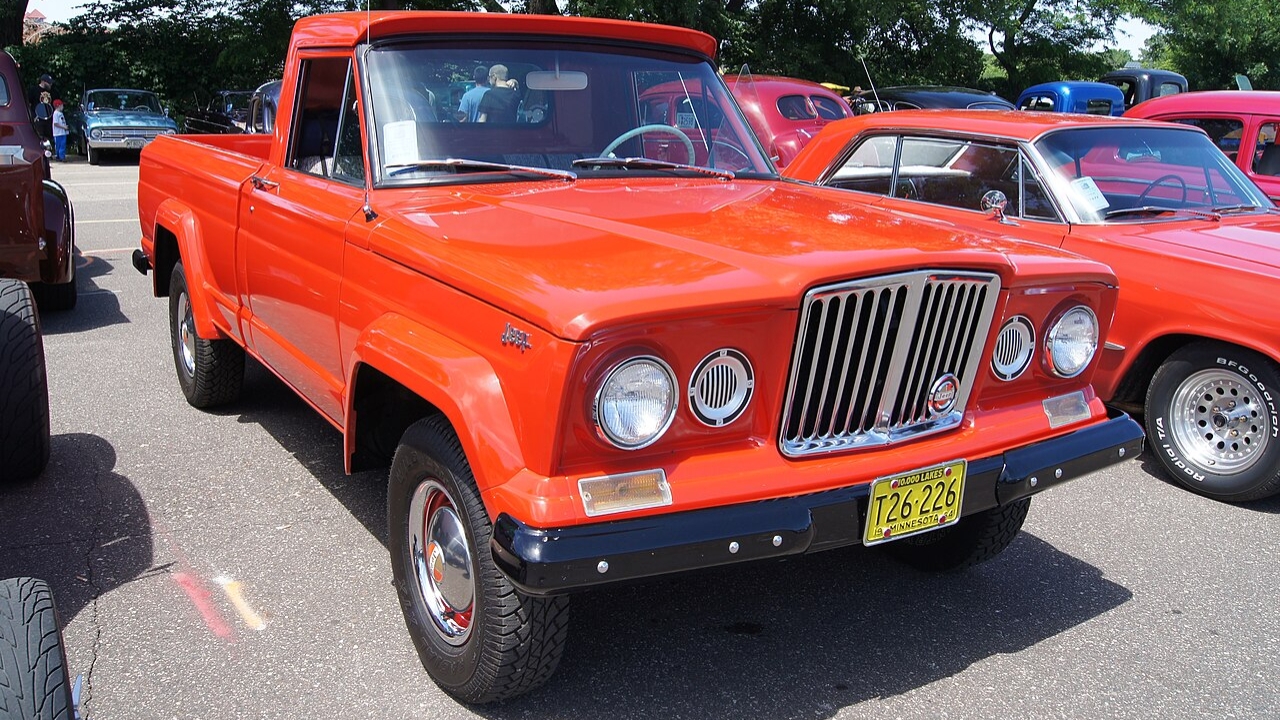
Jeep’s Gladiator J-2000 debuted in 1962, fusing military DNA with pickup prowess, powered by a 230 cubic inch inline-6 with 140 horsepower and 210 pound-feet of torque (or an optional 327 V8 with 250 hp). It featured a 3-speed manual, 4×4, and a 1-ton payload capacity. Ranchers and off-roaders loved its Dana axles and “Vigilante” V8 option that could tow 7,000 pounds without blinking. Some Gladiators are still crawling trails today, proving their tank-like tenacity. This wasn’t just a Jeep—it was a gladiator in every sense, storming hills and hauling loads with unyielding grit.
*This article was created with the assistance of AI.



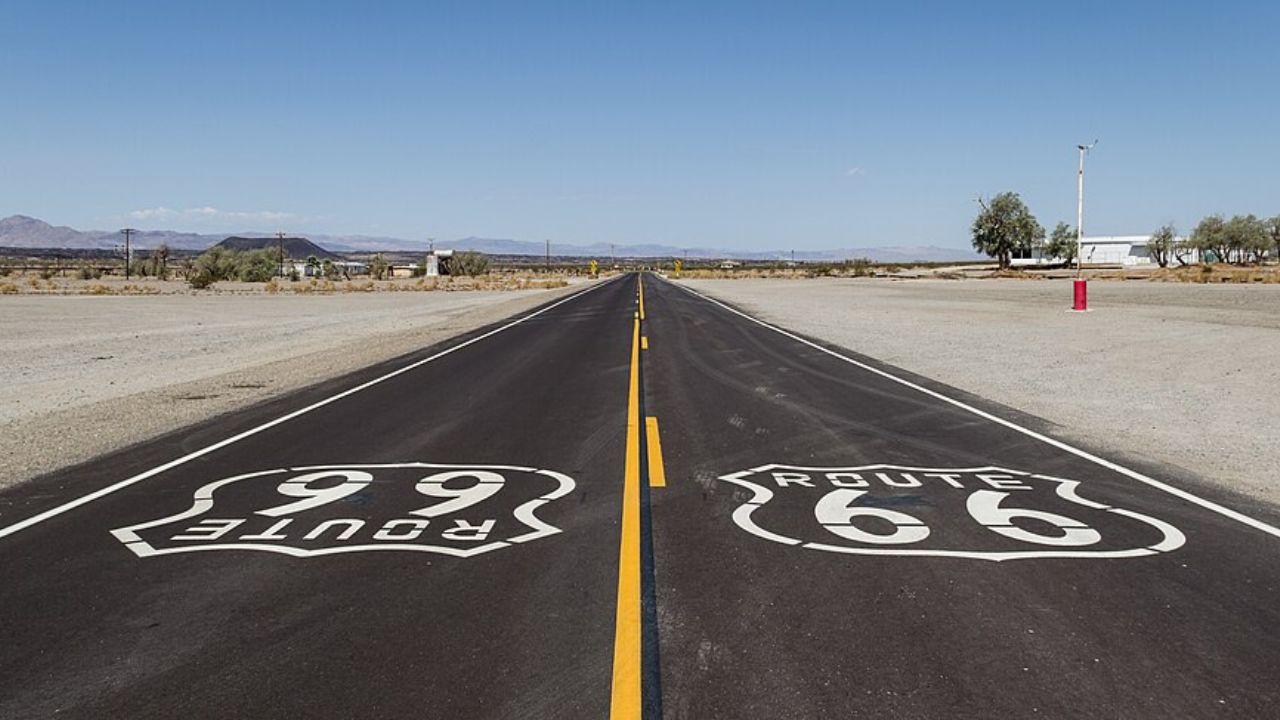
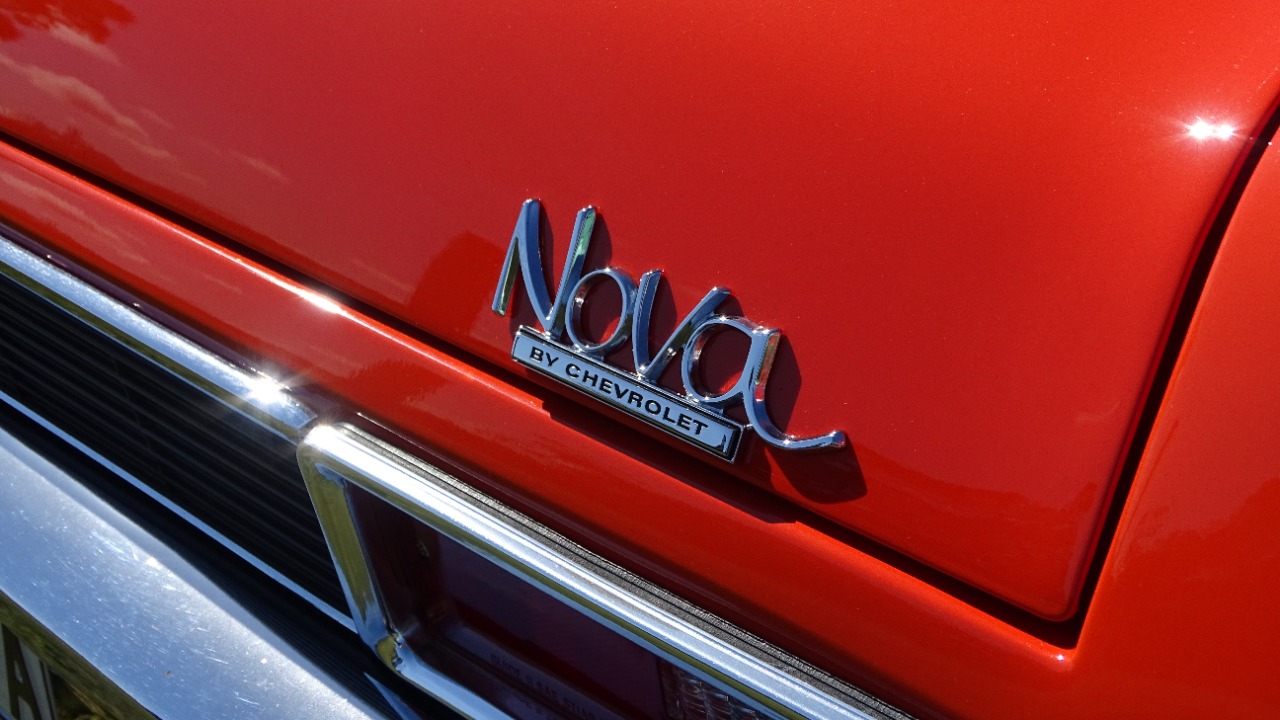

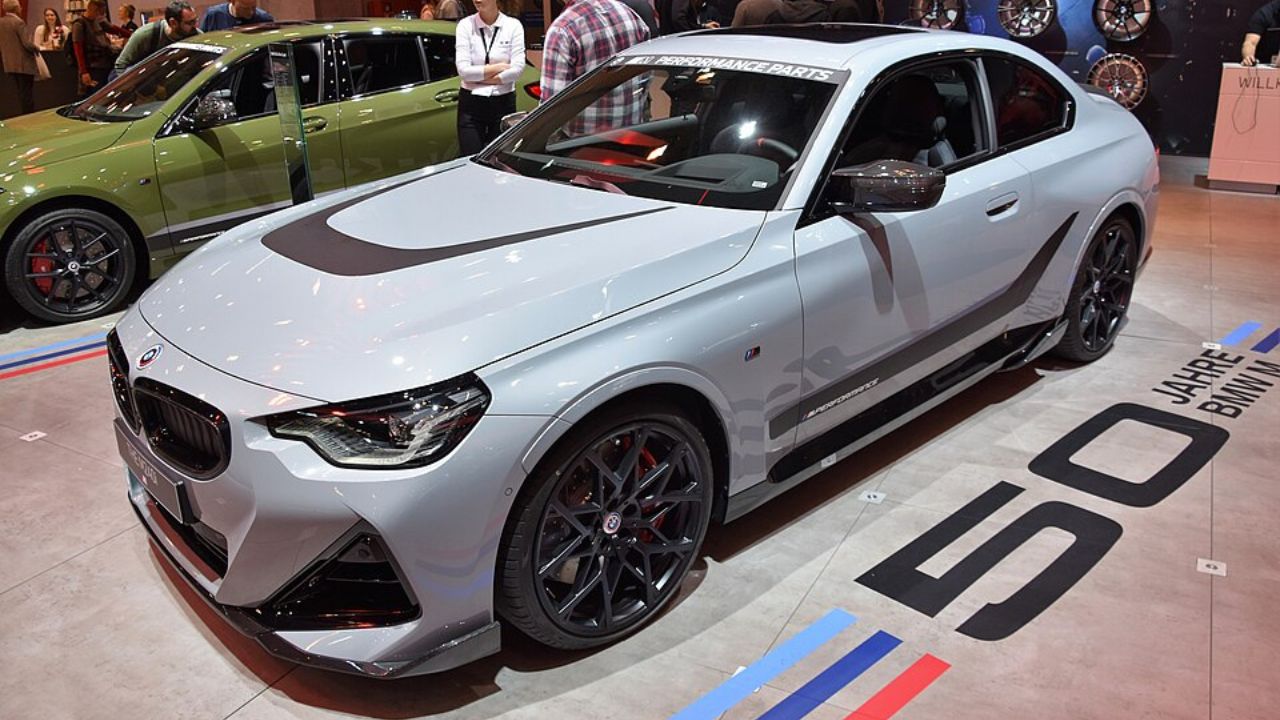
Leave a Reply